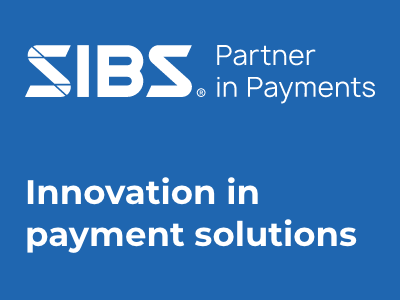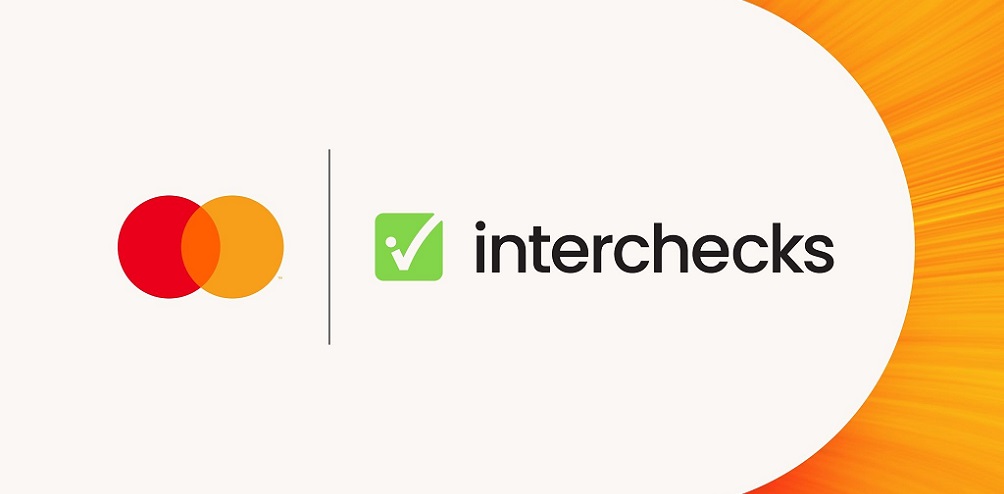Will banks overtake fintechs as interest rates rise? Don’t bet on it.

an article written by Ron Shevlin, senior contributor Forbes
OBSERVATIONS FROM THE FINTECH SNARK TANK
A recent Wall Street Journal article titled Banks Can Trump Fintech as Zero-Rate Era Ends asserted:
“Disrupting banks when interest rates are near zero is playing on easy mode. As rates rise, the game will get harder. Banking has been carved up. Financing companies, originating mortgages, and making consumer loans have migrated to fintech upstarts. As interest rates rise, and money isn’t sloshing around freely, the question becomes whether upstarts that have thrived on market funding will once again be at a disadvantage.”
The articles points out that:
“Regulation, technology and banks’ own missteps have played their parts in this shift. But one core driver has been cheap funding.”
There’s no debate that rising interest rates will improve banks’ lending profitability. But the assumption that a higher cost of funds will unduly penalize fintechs—swinging the lending tide back to the banks—ignores a few realities.
There are four factors that fintechs have going for them in the lending battle as interest rates rise. No one factor is the “smoking gun” for my argument, but together they add up to a solid defense for fintechs.
1) The Engagement Factor
To win consumers’ borrowing business, consumers have to know you. And to develop an affinity for you, they have to be engaged with you.
Banks are at a disadvantage from an engagement perspective. Cornerstone Advisors found that, among Americans between the ages of 21 and 55, more use a fintech startup to perform a range of financial management activities than those that use a bank or credit union.
This includes activities directly and indirectly related to their borrowing needs including credit score management, budgeting, and managing loans and debt. The implication here is that fintechs are better positioned to proactively identify consumers’ borrowing needs and will react faster than banks will.
2) The Experience Factor
According to PWC:
“Other than economic factors (e.g., interest rates and closing costs) or having an existing relationship, borrowers believe the most important factor in choosing a lender is the speed of the process.”
On this front, few banks can compete with fintechs who typically deliver a superior digital loan application experience. Cornerstone Advisors found that, among banks that have a digital loan application process (which is far from a majority), just 46% enable borrowers to complete an unsecured loan application in less than 10 minutes, and only 36% keep track of where applicants drop off and use tools to help would-be borrowers complete the process.
3) The Portfolio Perspective
The Wall Street Journal’s take that “banks can trump fintechs” as rates rise would hold more water if we were only talking about high credit score, low-risk consumers.
But fintechs have attacked the market from the edges, lending to consumers that the banks have historically overlooked. Unless banks plan to widen their credit bands and add new consumer segments to their target lending portfolio, they’re likely to reject many borrowers who will turn to fintechs for loans.
4) The Profit Perspective
As I alluded to earlier, rising interest rates will improve banks’ lending profitability as they have a deep pocket of deposits acquired at a low cost of funds.
But there are two things that will keep banks from overtaking fintechs here:
When did “profit” ever enter into the equation as a concern for fintechs?
More seriously, there are other aspects to profitability than just cost of funds.
As discussed in the engagement factor section, fintechs have done a better job of engaging customers digitally, giving them more insights into the needs and creditworthiness of consumers.
The benefit of this isn’t just speed—it’s a lower cost of customer acquisition. Fintechs generally do a better job of digital marketing and customer acquisition than banks, giving them some relief from the higher cost of funds they have to incur.
Banks and Fintechs are Playing Different Games
The fata flaw in the logic of the WSJ article is the assumption that there is some kind of tradeoff between banks’ and fintechs’ lending activity. To a large extent, banks have kept to their risk comfort zone, leaving a market for fintechs to lend to.
Rising rates will certainly improve banks’ loan profitability, but it doesn’t necessarily help them eat into the market share that the fintechs have gained.
And it would be wrong for banks to assume that fintechs won’t use their superior digital experience and superior digital marketing capabilities to creep into the banks’ comfort zone over time.
More details here
About the author
Ron Shevlin is the Chief Research Officer at Cornerstone Advisors, where he publishes commissioned research reports on banking and fintech trends and advises both established and startup financial technology companies. Author of the Fintech Snark Tank on Forbes, Ron is ranked among the top fintech influencers globally, and is a frequent keynote speaker at banking and fintech industry events.
Dariusz Mazurkiewicz – CEO at BLIK Polish Payment Standard
Banking 4.0 – „how was the experience for you”
„To be honest I think that Sinaia, your conference, is much better then Davos.”
Many more interesting quotes in the video below:











